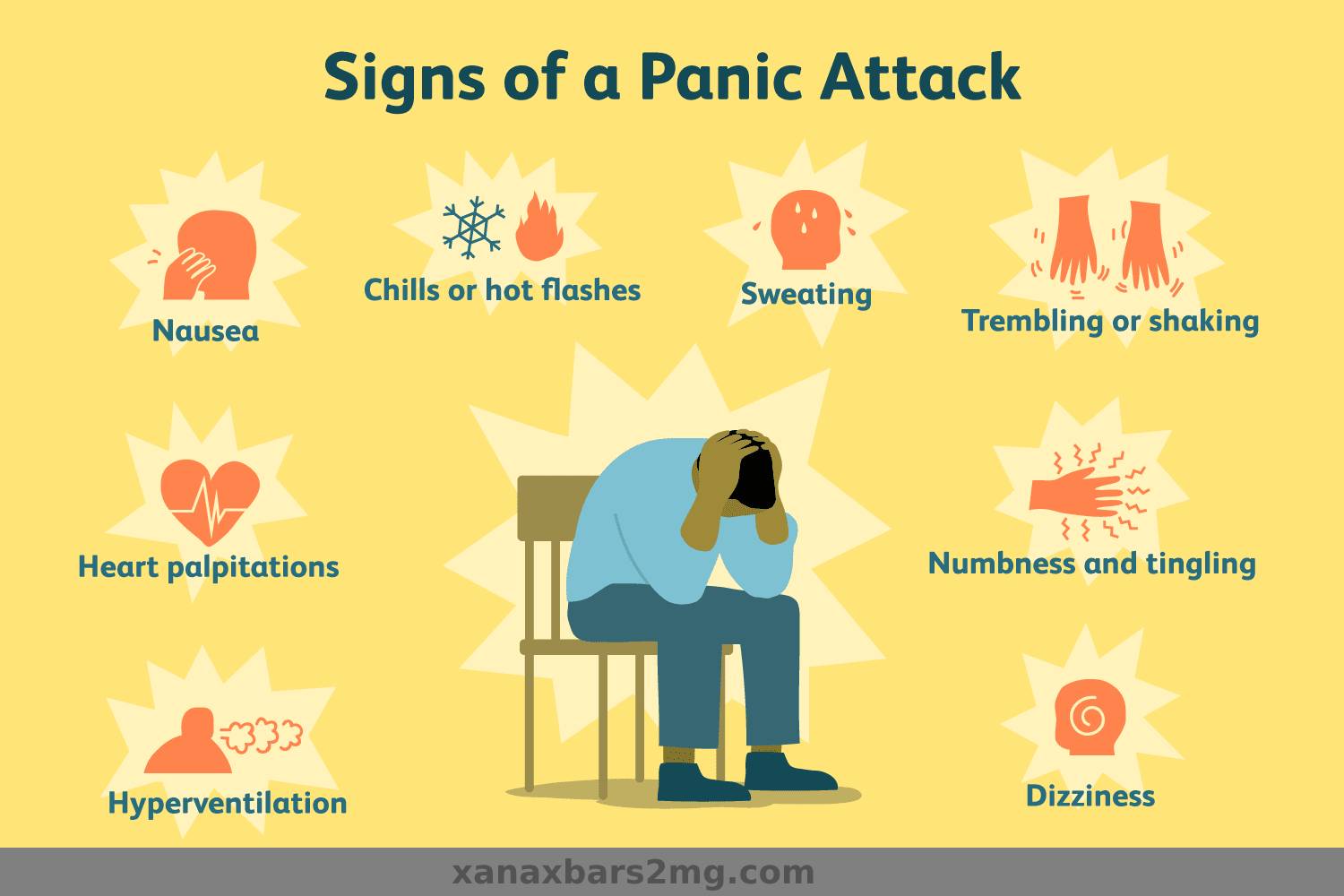What are Panic Disorders and How to Deal with Panic Attacks?
A panic attack causes brief, sudden feelings of fear and intense physical reactions in response to nonthreatening, ordinary situations. When a person experiences a panic attack, they may feel like their heart is racing, have difficulty in breathing and sweat a lot. It might feel as if an individual is having a heart attack.
When you worry excessively about feeling another panic attack or alter behaviours to prevent having a panic attack, the possibility of panic disorder increases.
Anyone can have a panic attack. Typically, panic attacks first happen during the teenage or early adult years. However, individuals of all ages, including kids, can experience panic attacks. Moreover, women are more likely to experience and develop panic disorder, when compared to men.
Causes of Panic Attacks
Panic attacks can occur from various reasons. At times, they take place for no evident reason. A person is more likely to have a panic attack if they: have another anxiety disorder, have panic disorder, have a condition which involves psychosis, have medical condition like an overactive thyroid, use certain medicines, have substance use disorder or use certain substances.
Oftentimes, a panic attack occurs when an individual is exposed to a trigger, nevertheless triggers vary to a great degree between people. But in some cases, there might be no apparent trigger. Some people have found that these factors could trigger a panic attack: conflict, public speaking, social events, or situations which remind of current or past stress in life.
Symptoms of a Panic Attack
Panic attacks usually begin suddenly without any warning. The attack can occur at any time – during a business meeting, sound sleep, at the mall, or when you are driving a car. A panic attack might occur frequently or you may experience an occasional attack. The attacks have several variations but symptoms generally peak within minutes. When a panic attack settles, you may feel worn out or fatigued. The attacks include some of these symptoms or signs:
- Feeling of detachment or unreality
- Lightheeaddendess
- Dizziness
- Tingling sensation
- Headache
- Nausea
- Chest pain
- Abdominal cramping
- Chills
- Hot flashes
- Sweating
- Shaking or trembling
- Chills
- Tightness in throat
- Shortness of breath
- Sense of impending danger or doom
- Sweating
- Pounding, rapid heartrate
- Fear of death
How to Handle Panic Attacks?
Panic attacks could be scary and might hit you quickly. However, there are ways through which you can manage or stop these attacks. Some of them are:
- Get Counselling
Cognitive behavioural therapy and other kinds of counselling can help people who experience panic attacks and have panic disorders. Cognitive behavioural therapy helps to change the way an individual sees frightening or challenging situations. At the same time, this therapy helps in finding new ways to handle these challenges as they come up.You can find cognitive behavioural therapy for groups or individuals, face-to-face or online, and the duration of treatment could also vary. Keep in mind that in exposure-based cognitive behavioural therapy, an affected person will be exposed to something that could cause a panic attack and help them work their way through it.
- Use Deep Breathing
Although, hyperventilating is a sign of panic attack, which can increase fear or anxiety, remember that deep breathing can decrease symptoms of terror in an attack. Scientists have found that slow breathing can also improve feelings of comfort, relaxation and alertness, and decrease symptoms of anger, depression, arousal anxiety and confusion.
If you can control your breathing, you are less likely to feel hyperventilating, which could make other symptoms or signs – and panic attack itself – worse. Concentrate on making deep breaths through the mouth, feeling the air gradually fill your belly and chest, and then leave them slowly again.
- Medication
Benzodiazepines like Xanax can treat the symptoms of panic attack. But they cannot treat a fundamental anxiety disorder and can rapidly lead to dependence. This is the reason why physicians only prescribe benzodiazepines for a short period during a crisis. As benzodiazepine is a prescription medicine, you will likely require a panic disorder diagnosis to get the medication.
In some cases, a medic might recommend anti-depressants for long-run use. Some of the examples include: anti-anxiety drugs like azapirone, serotonin norepinephrine reuptake inhibitors like duloxetine, selective serotonin norepinephrine reuptake inhibitors like fluoxetine or escitalopram.
- Exercise Mindfulness
Mindfulness could help make you realize what’s really around you. As panic attacks can lead to a feeling of separation from reality or complete detachment, this can fight panic attack as its actually happening or approaching.
Mindfulness involves meditating to decrease stress and enable relaxation, recognizing a person’s emotional state, and focusing the attention on the present. Mindfulness strategies like meditation can help in managing anxiety symptoms, though it is not clear whether it can eliminate an underlying anxiety disorder.
Through mindfulness, you can remain strong and level-headed during a panic attack, which will help you get rid of this psychological disorder.


Phentermine is the one that lets you have the best of support while on your way to losing fats.
used for the treatment of ADHD and ADD